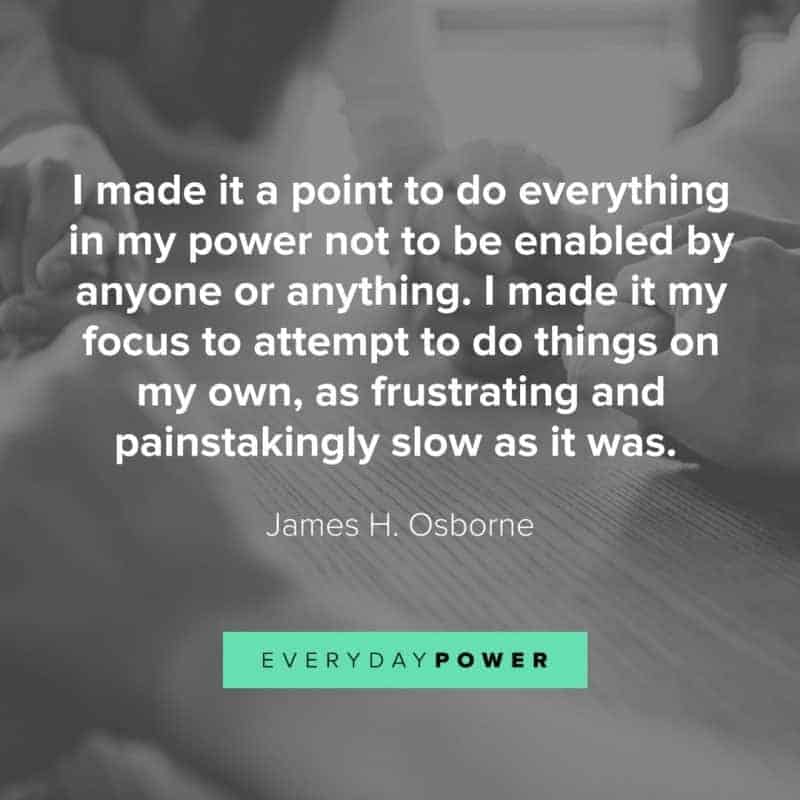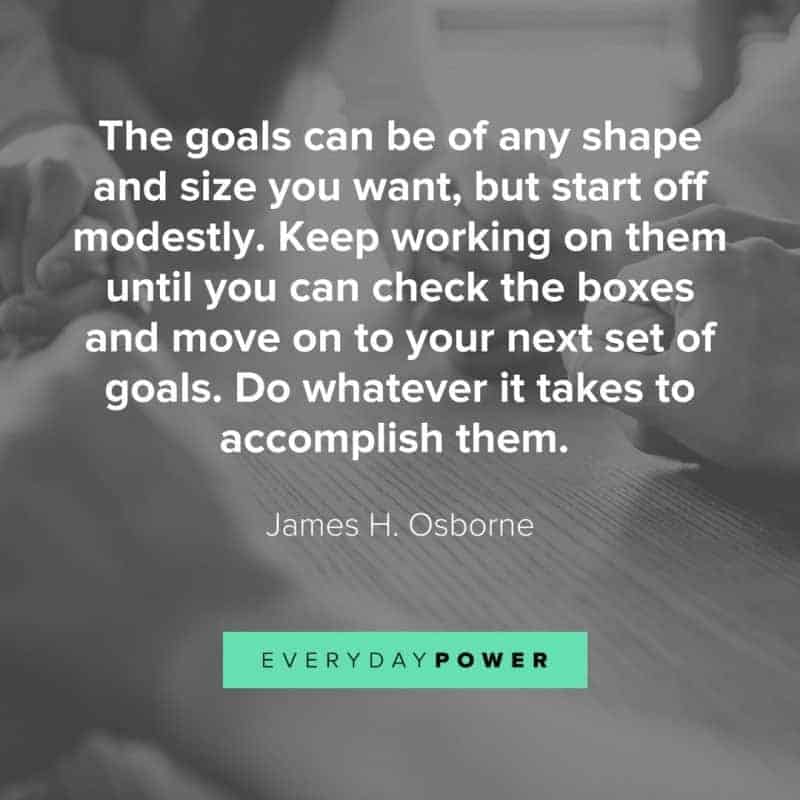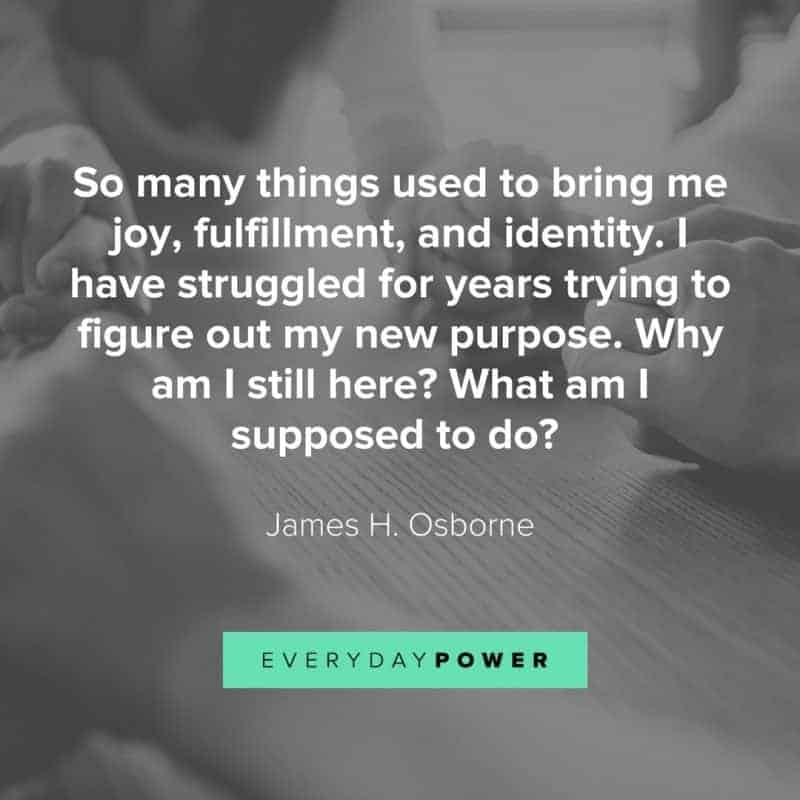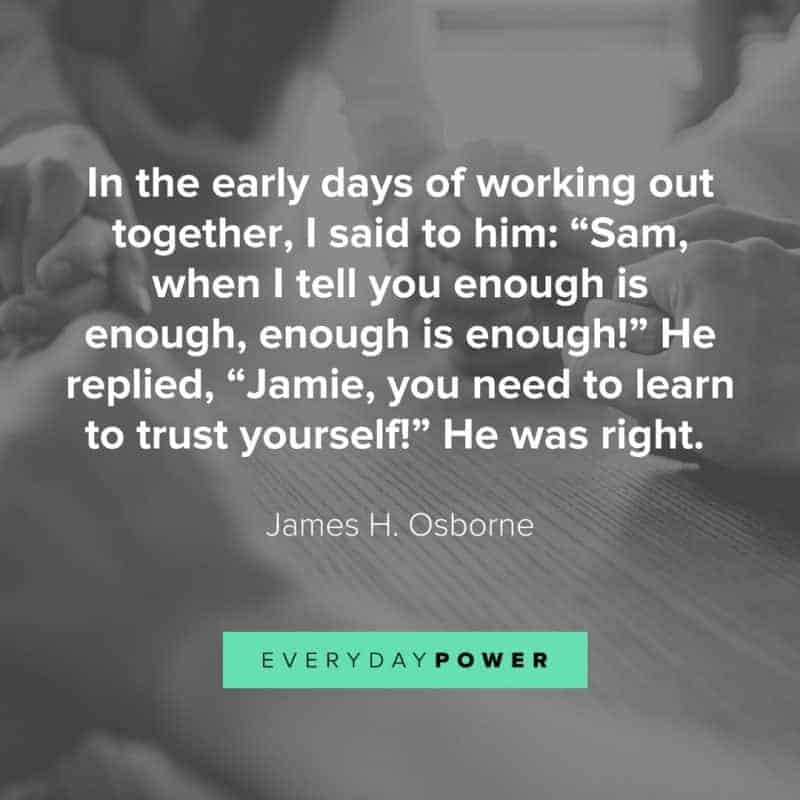It was the longest night of my life — that night while I was trying to recover from injury. I lay in the hospital bed, incapacitated, motionless, and sweating profusely. It was five nights after a terrible road cycling accident rendered me a quadriplegic.
My mind was jumbled with orbiting thoughts of despair, anxiety, sadness, and anger. I knew my life was at a crossroads. Which way was I going to go? Surrender and give in? Or fight the good fight and give it everything I had?
Here’s how I was able to manage and recover through traumatic injury.
Methods for managing through traumatic injury
1.) Make a choice.
Nobody chooses to suffer a catastrophic injury. Nobody chooses to be afflicted with some terrible illness or disease. But we can choose how we respond to such unexpected events. You can make the choice to aspire, persevere, and prevail. Do not look at the rear view mirror and second-guess your choice, or wonder if you should turn around.
Make the choice to fight the good fight and do whatever it takes, for as long as it takes. Without choice, there is no way forward. You are simply going in circles. You can choose – but choice without action will leave you in the same place — stalled.

2.) Apply effort.
It will not be easy. Whatever may be ailing you will require action on your part. You have to want it — whatever that choice is — and be willing to push through the forces that will try to hold you back. Be unwavering. Commit to working on it every day with faith that you’ll achieve success after all your effort.
I remember in those early days post injury, I had a brief conversation with my physician. He said to me, “Jamie, get independent.” Those are two simple yet incredibly powerful words: get independent.
3.) Find your focus.
For the last decade since the injury, those words have guided every step of my recovery. I made it a point to do everything in my power not to be enabled by anyone or anything. I made it my focus to attempt to do things on my own, as frustrating and painstakingly slow as it was.
People always wanted to offer help, but I would just thank them and say that I need to figure out how to do things on my own. I was maniacal in those initial months post-injury to do everything possible with medical interventions of one kind or another.
There were many times I would do six, 10, sometimes 12 appointments a week. This included physical and occupational therapy, pool therapy, acupuncture, reflexology, massage, and so much more. I was under the wrong notion that the bulk of recovery occurs in the first six months post-injury and tapers after 1-2 years. I felt this tremendous sense of urgency and didn’t allow myself to rest.

4.) Pace yourself.
My occupational therapist had said to me early on that there were four things I need to remember if I want to recover from traumatic injury: plan, prepare, prioritize, and pace myself. The most important of them was pacing. I didn’t listen, at least not initially. My body was screaming at me to rest, especially in the first year when I was still in a state of spinal shock.
My failure to pace and rest when needed caused a serious “second” crash. I learned a hard lesson. Going through trauma of this magnitude turned my life upside down. Everything was shattered from a professional, familial, marital, relational, financial, recreational, and spiritual perspective.
My life crumbled. I thought I had the mental fortitude to deal with everything on my plate. But I quickly learned after the “second” crash that I desperately need mental health counseling.
5.) Seek mental health intervention.
It took me a year post-injury before I finally did, which, in retrospect, was a monumental mistake. It nearly cost me my life. I could have easily committed suicide. Once I did engage with a skilled therapist, I continued with her for the next five years.
Initially reluctant and impatient, I slowly adjusted to the process. I can say that I have been able to successfully process feelings and emotions deep down in my psyche. I used to think this was a sign of weakness – but it’s not. In fact, it’s a sign of strength; a tacit acknowledgment that it’s best not to go through the process alone.
From the early days when I was in the hospital, I remember just trying to get my forefinger to touch my thumb. Seems pretty pedestrian – except when you are neurologically impaired. My level of injury from the spinal cord injury was C7, which meant that the paralysis started at my mid abdomen and extended all the way down to my toes. It affected all of my fingers.
Working tirelessly just to get the two to touch took weeks. Frustratingly slow, but, eventually, I was able to do it. That little benign, innocuous goal became a little victory. This put in motion a parade of little goals, which turned into little victories. Over time, the goals and victories became cumulative. They grew into bigger goals and victories.
6.) Have goals, constantly.

The goals can be of any shape and size you want, but start off modestly. Keep working on them until you can check the boxes and move on to your next set of goals. Think ahead of what you want to set yourself for. Do whatever it takes to accomplish them.
The victories will come. They will give you the confidence to take on your next targets. In time, you will be amazed at what you are able to do. I had heard of the words ‘mindfulness’ and ‘visualization’, but didn’t understand what they meant or what they could do for me. Through friends and books, I gained a better understanding of them, especially visualization.
I would often visualize, for example, this beam of light emanating from the heavens, shining brightly and aimed at the lesion in my central cord. I pictured it like a laser beam, dissipating the damage like the morning sun burning off morning clouds.
A decade later, I still hold on to this vision – particularly in my quiet moments, or when I’m stretching after exercise.
7.) Visualize.
I’ve used visualization coupled with mindfulness to make internal movies of things I want to accomplish. I think of myself as a moviemaker, the author, scriptwriter, editor, and publisher of my own movies.
Back then, I would visualize what accomplishing those goals would look like. I’d choreograph them in great detail and play them over and over in my mind until the movie could play itself without any conscious prompting. It’s been vital in allowing me to make the extraordinary recovery I have achieved since 2007.
I got dealt a bad hand in this traumatic injury – and I knew I wasn’t alone. Most people are either dealing with something themselves or know someone who is. I don’t have monopoly on misery. I am not a victim. I don’t feel sorry for myself that something bad happened.
This doesn’t mean there aren’t many more good hands to play. Nobody ever promised life would be fair. For most of us, that has been the case.
8.) Make the best of it.

It would be easy to think about all the things I can’t do anymore. So many things used to bring me joy, fulfillment, and identity. I have struggled for years trying to figure out my new purpose. Why am I still here? What am I supposed to do?
I understand now what my mother-in-law, Muriel, would often say after she was faced with the consequences of an auto accident that caused a traumatic brain injury to her second husband. She would frequently tell me, “Jamie, I make the best of it.” I understand now what she meant.
I’m dedicating myself to doing something I did very little of in my early and mid-adult years. That is to give back. I remember many years ago when I was seeing a mental health therapist unrelated to this injury. She asked me a number of deeply personal questions. My answers kept skirting around her questions and she finally quipped, “Jamie, you’re like a greased pig. I can’t seem to nudge you to speak from your heart.”
She then asked me, “Do you know what it’s like to be vulnerable?” I didn’t even know what the word meant. Or I had built up such an external armor that wouldn’t allow me to feel that way.
9.) Be vulnerable.
When faced with any kind of traumatic injury, it can be easy to want to hide from others. Being infirmed can be shameful and embarrassing. It can even make us to want to be reclusive. I believe that if we can shed that veneer and allow ourselves to be real, raw, authentic and even vulnerable, we can draw people closer to us.
Being engaged and connected with others can be as important as taking medicines, doing therapies, or following doctors’ orders. After I suffered that terrible “second” crash, I became fearful. I was afraid of doing too much that might, in any way, set myself back and negate all that hard-fought progress.
I was cautious about everything – working, driving, and exercising. Fear is helpful up to a point. It can guard us against doing things that could be too risky or harmful. Beyond that, fear can also become an impediment: a roadblock that can get in the way of making meaningful progress.
10.) Trust yourself.

After three years of intensive physical, occupational, and pool therapy, it was suggested that I join a gym and continue rehab on my own. I did join a club I belonged to years before and was reacquainted with a friend who was also very knowledgeable about the weight room.
He took me under his wing and trained with me. In the early days of working out together, I said to him: “Sam, when I tell you enough is enough, enough is enough!” He replied, “Jamie, you need to learn to trust yourself!” He was right. Fear was in the way of me making further progress in my recovery. His words helped removed that significant barrier.
The work that Sam and I did together in the ensuing years changed everything about my recovery. It helped defy the odds in spinal cord injury recovery. After several years, I have been able to ride a road bicycle and get on skis again – all without assistance.
Incorporating these 10 methods can help you recover from traumatic injury and get your life back together. You just have to realize that it starts with a choice.
The post 10 Important methods for managing through traumatic injury appeared first on Everyday Power Blog.
No comments:
Post a Comment